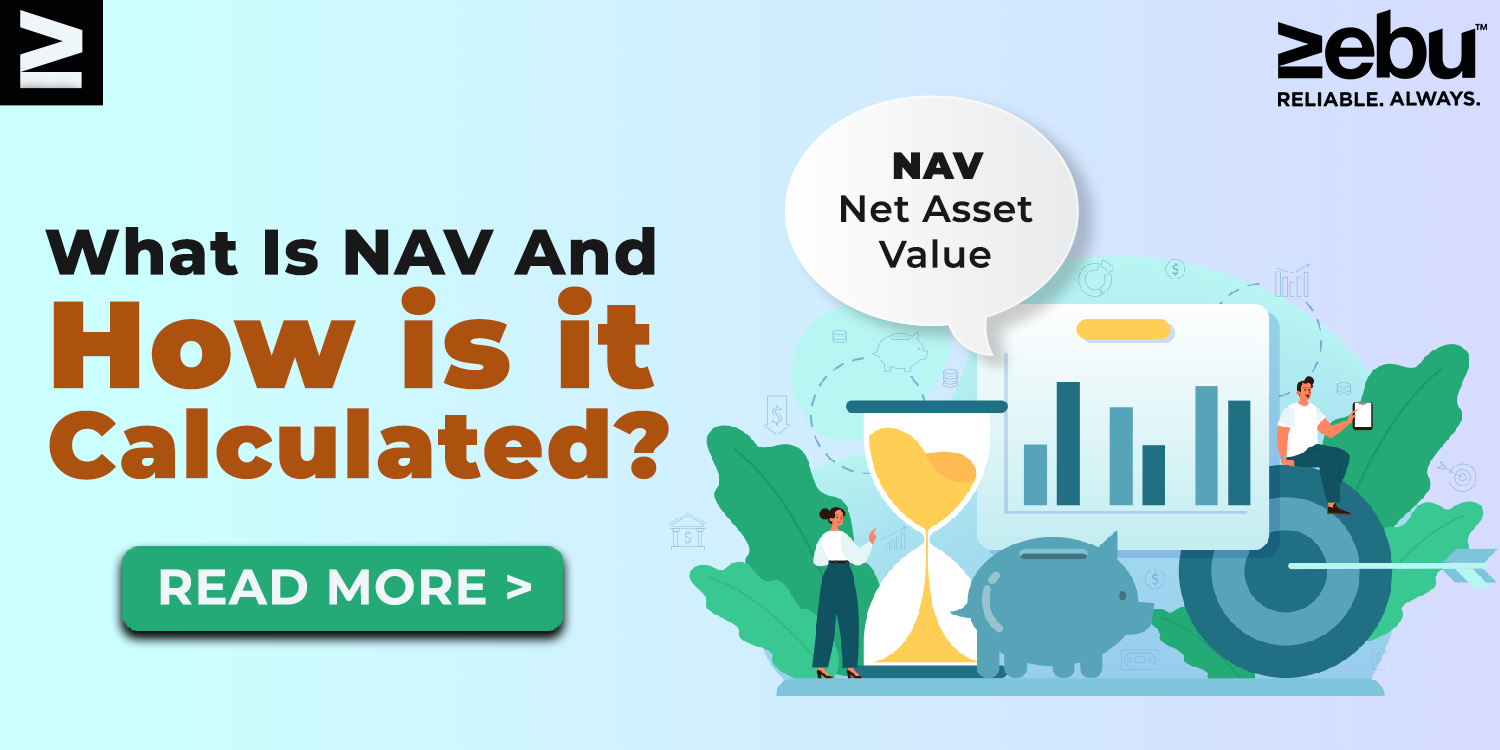
Hello there! Let’s discuss mutual fund buying in India and the age-old argument between lump payment and monthly Systematic Investment Plans (SIPs).
What are these two categories of assets, first? Lump-sum investing refers to investing a significant amount of cash in a mutual fund all at once. SIPs, on the other hand, entail making regular, typically monthly, investments of a set amount of money.
Let’s now examine the advantages and disadvantages of each strategy.
For those who have a large amount of cash accessible to spend, lump sum investments can be profitable. If the market is favourable, the investor can profit from instant returns while also earning sizeable returns in a brief amount of time. However, because the investment is made all at once, there are also greater dangers involved. If the market does badly, the owner could sustain sizable losses.
SIPs, on the other hand, provide a more methodical strategy to investing. Investors can benefit from the power of compounding and average out the cost of investment by consistently spending a set sum of money. Due to the fact that the funding is stretched out over time, SIPs also assist in minimising the effects of market volatility. The profits, however, might be lower than those from lump-sum investments, and buyers might lose out on the chance to make more money quickly.
Which is preferable, then? Your risk tolerance and financial objectives are really what determine this. Lump sum investments might be a wise choice if you have a large sum of money accessible and are prepared to take on greater risks. SIPs, on the other hand, might be a better option if you’re looking for a methodical approach to spending and are prepared to contribute over an extended period of time.
Benefits of Lumpsum Purchases
The possibility for greater profits quickly is one of the most important benefits of lump sum investments. Compared to a SIP, the individual can achieve substantial profits on their investment in a quicker amount of time if the market circumstances are advantageous. For those who have a large amount of cash on hand and want to make a sizable investment, lump sum purchases may also be advantageous.
Cons: However, lump sum purchases also carry greater levels of risk. Since the investment is made all at once, the individual may sustain sizable losses if the market performs badly. Lumpsum investments are also not a good choice for investors who don’t have a lot of cash on hand because they might not be able to benefit from the possible profits.
SIPs:
Pros:
The methodical strategy to investing that SIPs offer is among their biggest advantages. Investors can form the practise of saving and investing by setting aside a set quantity of money at regular intervals. As the purchaser gets units at various rates over time, this strategy also aids in averaging out the cost of the investment. Due to the fact that the funding is stretched out over time, SIPs also assist in minimising the effects of market volatility.
Cons: SIP profits, however, might be less than those from lump-sum purchases. The possibility of greater returns over a brief period of time is less likely because the expenditure is spread out over time. Additionally, the investor might receive lower returns than they would have if they had made a single amount investment if the market performs badly over the course of the investment.
In summation, SIPs and lump sum purchases each have advantages and disadvantages. Before choosing a course of action, it’s critical to think about your financial objectives and risk tolerance. Invest wisely!








